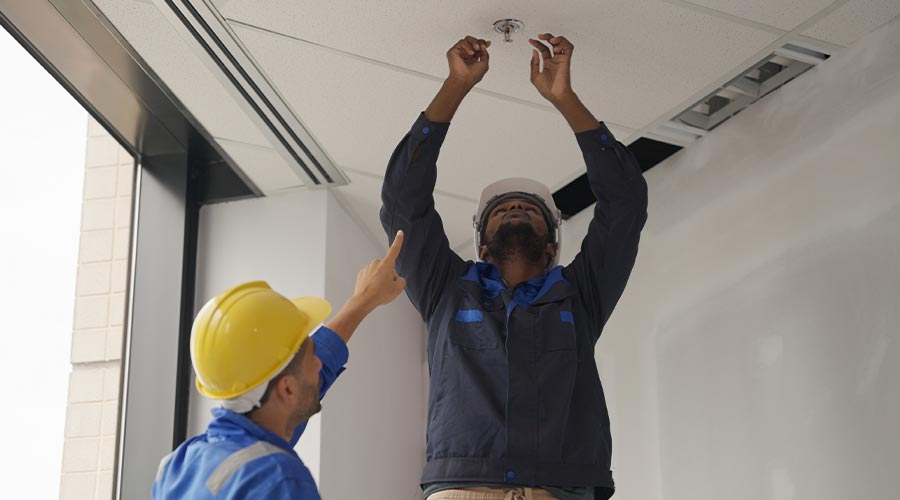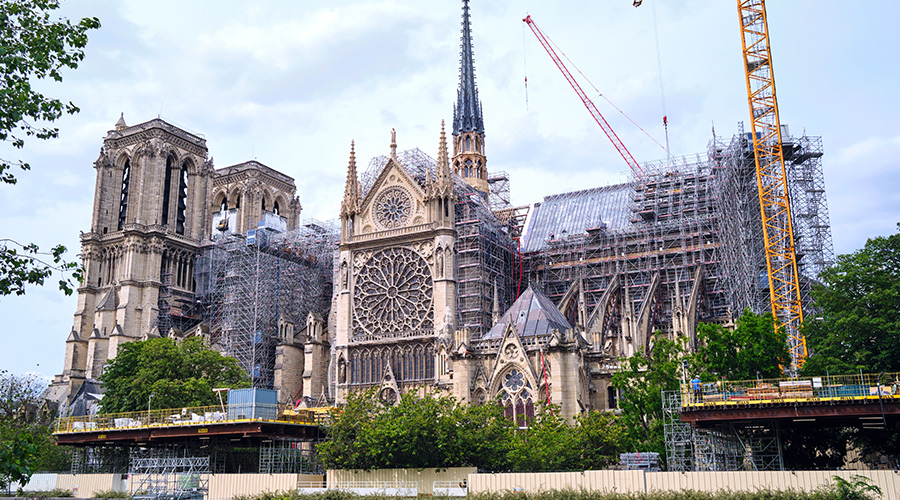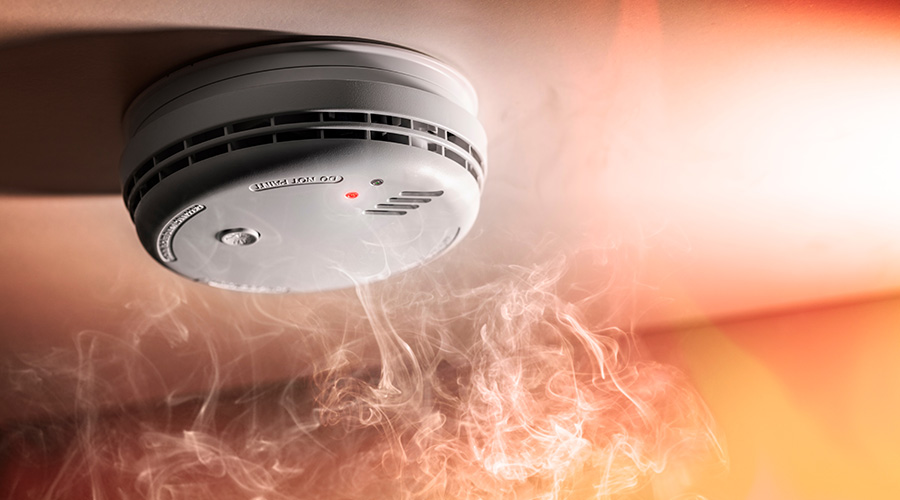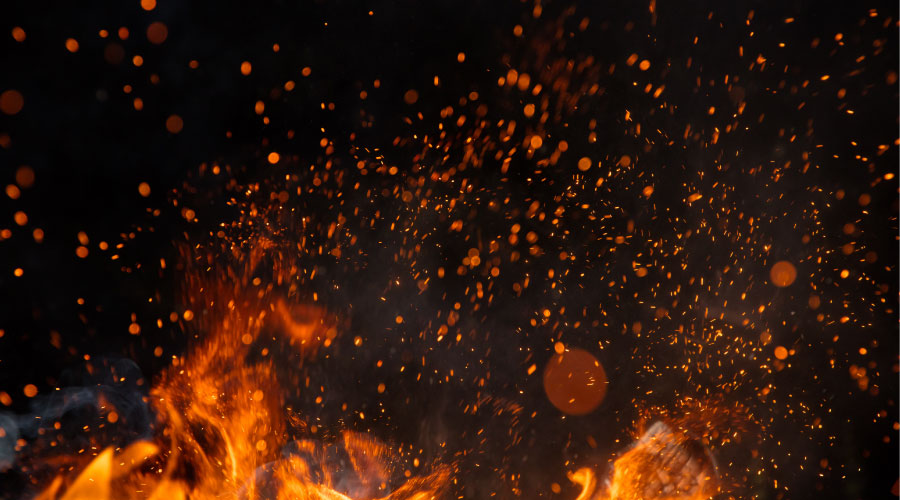Keys to Testing Fire Alarm, Sprinkler Systems in Health Care Facilities
In 1991, NFPA 101 mandated automatic sprinklers in new health care occupancies. In the 1996 edition of NFPA 13: Standard for the Installation of Sprinkler Systems, quick response automatic sprinklers were required for all light hazard occupancies including health care. The unique feature of quick response sprinklers is the faster thermal response to heat. These sprinklers will activate three to five times faster than a normal response automatic sprinkler. This translates to a much smaller fire size at the time of automatic sprinkler activation. Smaller fires generate less heat and smoke. Renovation, modifications, reconstruction and additions also require the installation of automatic sprinklers. The reliability and robustness of automatic sprinkler protection is addressed in NFPA 101, NFPA 13 and NFPA 25: Standard for the Inspection, Testing, and Maintenance of Water-Based Fire Protection Systems.
NFPA 101 requires the automatic sprinkler system to be electronically supervised and designed in accordance with NFPA 13. NFPA 25 addresses the required inspection, testing and maintenance of all components of the system. The electronic supervision increases the reliability of the automatic sprinklers in health care occupancies. (Most other occupancies do not require this electronic supervision.) Proper hydraulic design as required by NFPA 13 will provide the robustness to address the typical fire challenges in a health care occupancy. Recent NFPA automatic sprinkler fire data shows that, in sprinklered health care facilities, 99 percent of the fires are contained to the room where the fire started.
Related Topics:















